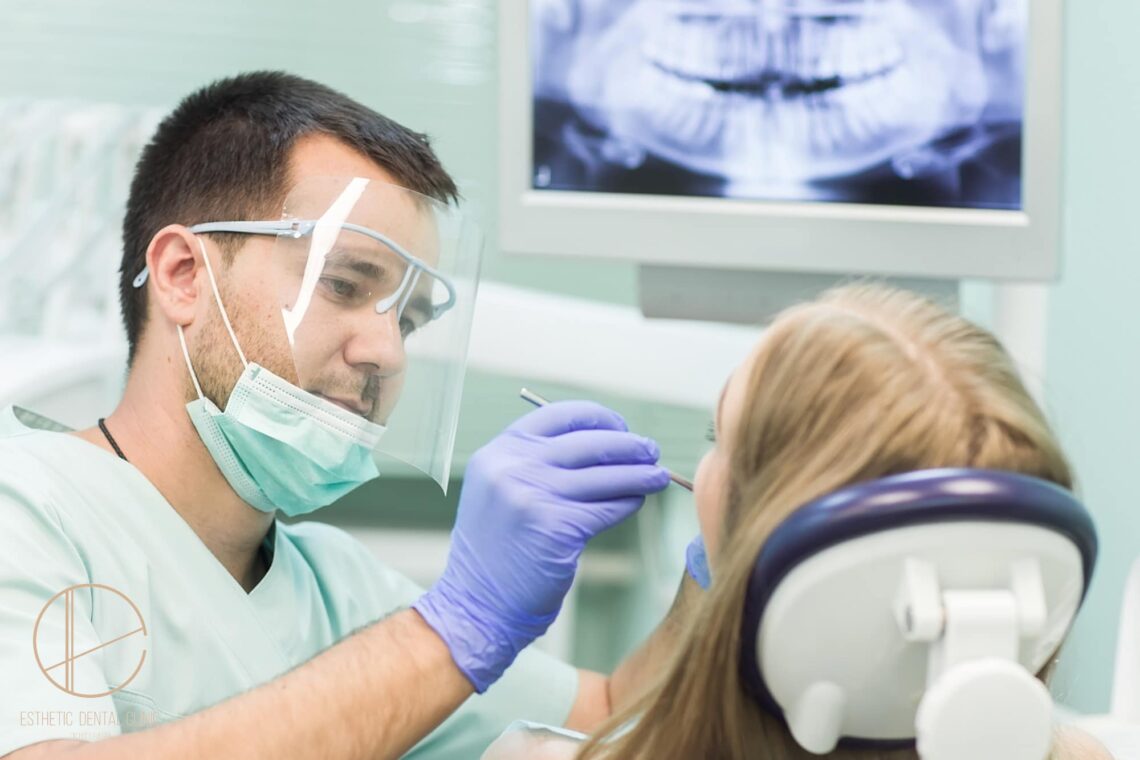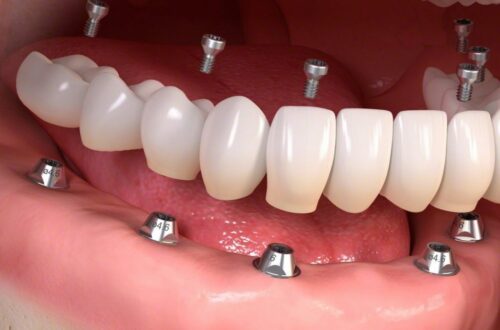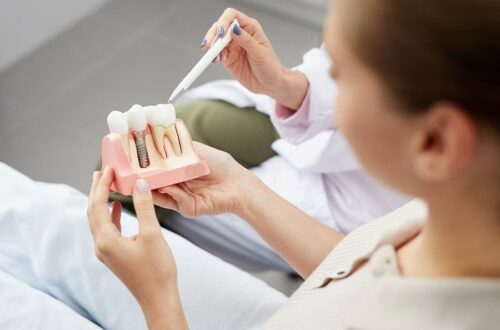
What Is the Reconstruction of the Bottom of the Maxillary Sinus?
The reconstruction of the bottom of the maxillary sinus is one of the most challenging aspects of endoscopic surgery for orthopedic surgeons and dental practitioners. This article explains why, how, and when this step is performed in endoscopic surgery. The reconstruction of the bottom of the maxillary sinus is one of the most challenging aspects of endoscopic surgery for orthopedic surgeons and dental practitioners. This article explains why, how, and when this step is performed in endoscopic surgery.
Did you know that a very small number of people of the same age have missing teeth? What rarely, rarely do I pay attention to the fact that this is a serious problem! Deficiencies remaining without the need to maintain until the bone disappears, then it is necessary to rebuild the jaw bone. In order not to support it, take care to fill in the gaps. Update to be supplemented with additions as part of Implanty Poznań services.
What is the bottom of the maxillary sinus made up of?
The bottom of the maxillary sinus is an area of the maxillary sinus lined with epithelial cells. The sinus is comprised of cells and connective tissue that are replaced by sutures in the case of a trauma or loss of teeth. The bottom of the maxillary sinus is an area of the maxillary sinus lined with epithelial cells. The sinus is comprised of cells and connective tissue that are replaced by sutures in the case of a trauma or loss of teeth. In endoscopic surgery for orthopedic surgeons and dental practitioners, the reconstruction of the bottom of the maxillary sinus is performed to achieve better exposure of the cervical suture and to gain increased exposure for placement of a synthetic implant. The reconstruction of the bottom of the maxillary sinus can be performed in either an open or endoscopic approach. In an open approach, the anatomic connections between the maxillary sinus and the nasal cavity are sutured. This can be helpful in cases where the diseased or traumatized connections between the sinus and the nasal cavity are too extensive or where the nasal cavity is perforated. In an endoscopic approach, the lateral wall of the maxillary sinus is opened, and the floor of the sinus is sutured. This can be helpful in cases where the exposure of the nasal cavity is limited by a bony defect or where the nasal cavity is perforated.
How to reconstruct the bottom of the maxillary sinus
The reconstruction of the bottom of the maxillary sinus is performed in an endoscope. The endoscope is passed into the maxillary sinus and is guided to the lateral wall. The floor of the sinus is reached, and the mucosal suture that attaches the sinus to the nasal cavity is reconstructed. A small incision is made in the lateral wall of the sinus. This can be done either via the endoscope or via a small endoscopic incision port device. After the floor of the sinus mucosa has been sutured, the incision is closed with non-absorbable suture. A small incision is made in the lateral wall of the maxillary sinus. This can be done either via the endoscope or via a small endoscopic incision port device. After the floor of the sinus has been sutured, the incision is closed with non-absorbable suture. The incision is then packed with gauze until an adequate hemostasis has been achieved. The hemostasis should be maintained until the incision is well healed to prevent a rebound of the soft tissue.
When to perform reconstruction of the bottom of the maxillary sinus?
The reconstruction of the bottom of the maxillary sinus can be performed in either an open or endoscopic approach. In an open approach, the anatomic connections between the maxillary sinus and the nasal cavity are sutured. This can be helpful in cases where the diseased or traumatized connections between the sinus and the nasal cavity are too extensive or where the nasal cavity is perforated. In an endoscopic approach, the lateral wall of the maxillary sinus is opened, and the floor of the sinus is sutured. This can be helpful in cases where the exposure of the nasal cavity is limited by a bony defect or where the nasal cavity is perforated. The reconstruction of the bottom of the maxillary sinus can be performed in an open or endoscopic approach. The reconstruction of the bottom of the maxillary sinus can be performed in an open or endoscopic approach. The reconstruction is performed in an endoscopic approach if the patient has a large sinus and a small nasal cavity.
Different techniques for reconstruction of the bottom of the sinus
In endoscopic surgery for orthopedic surgeons and dental practitioners, the reconstruction of the bottom of the maxillary sinus is performed to achieve better exposure of the cervical suture and to gain increased exposure for placement of a synthetic implant. The reconstruction of the bottom of the maxillary sinus can be performed in either an open or endoscopic approach. In an open approach, the anatomic connections between the sinus and the nasal cavity are sutured. This can be helpful in cases where the diseased or traumatized connections between the sinus and the nasal cavity are too extensive or where the nasal cavity is perforated. In an endoscopic approach, the lateral wall of the maxillary sinus is opened, and the floor of the sinus is sutured. This can be helpful in cases where the exposure of the nasal cavity is limited by a bony defect or where the nasal cavity is perforated. The reconstruction of the bottom of the maxillary sinus can be performed in an open or endoscopic approach. The reconstruction of the bottom of the maxillary sinus can be performed in an open or endoscopic approach. The reconstruction is performed in an endoscopic approach if the patient has a large sinus and a small nasal cavity. The reconstruction is performed in an endoscopic approach if the patient has a large sinus and a small nasal cavity. The reconstruction of the floor of the maxillary sinus is performed via an endoscopic approach. The endoscope is passed into the maxillary sinus and is guided to the lateral wall. After the floor of the sinus has been sutured, the incision is closed with non-absorbable suture. The reconstruction of the floor of the maxillary sinus is performed via an endoscopic approach. The endoscope is passed into the maxillary sinus and is guided to the lateral wall. After the floor of the sinus has been sutured, the incision is closed with non-absorbable suture.
Conclusion
The reconstruction of the bottom of the maxillary sinus is one of the most challenging aspects of endoscopic surgery for orthopedic surgeons and dental practitioners. This article explains when, how, and why this step is performed in endoscopic surgery. The reconstruction of the bottom of the maxillary sinus can be performed in an open or endoscopic approach. The reconstruction of the floor of the sinus is performed via an endoscope. The endoscope is passed into the maxillary sinus and is guided to the lateral wall. After the floor of the sinus has been sutured, the incision is closed with non-absorbable suture.




